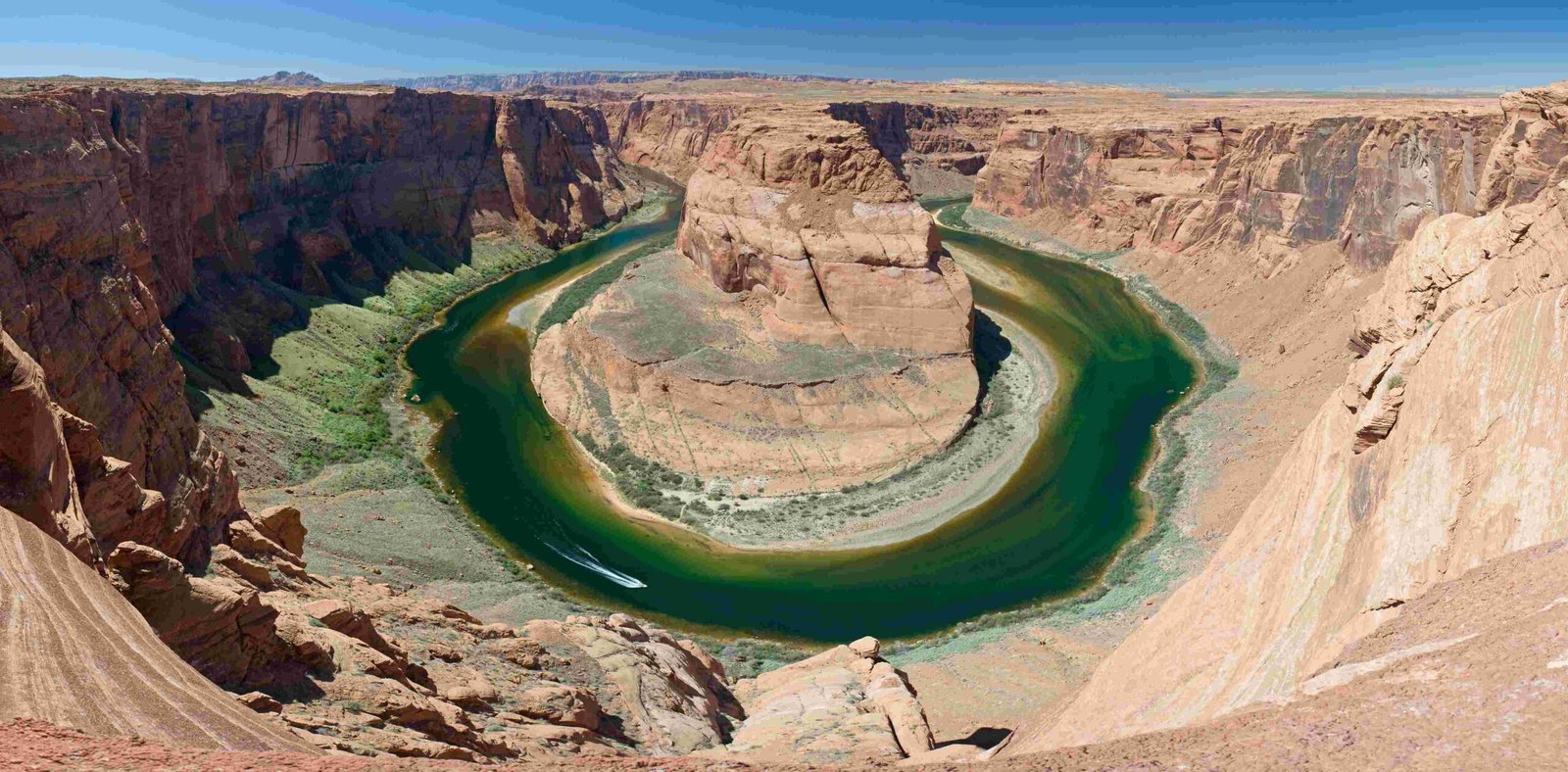Navigating the Grand Canyon’s powerful rapids demands strict adherence to life jacket regulations. Visitors must wear U.S. Coast Guard-approved Type III or Type V personal flotation devices (PFDs) that meet specific safety standards, ensuring maximum protection during river expeditions. Understanding these requirements is crucial for a safe and compliant adventure through one of nature’s most spectacular landscapes.
What Are the Specific Life Jacket Standards for Grand Canyon Rafting?

Types of Approved Personal Flotation Devices
Grand Canyon rafting requires precise life jacket specifications to ensure participant safety. Here are the critical requirements:
| PFD Type | Approval Status | Recommended Use |
|---|---|---|
| Type III | Fully Approved | Whitewater Rafting |
| Type V | Fully Approved | Specialized Water Activities |
| Type I | Limited Use | Open Water Rescue |
Key Compliance Criteria
- Must be U.S. Coast Guard-approved
- Labeled specifically for whitewater activities
- No visible damage or wear
- Proper fit for individual’s body weight
Who Needs to Wear Life Jackets?
Every participant in Grand Canyon river activities must wear a life jacket, regardless of swimming ability. This includes:
– Professional guides
– Recreational rafters
– Kayakers
– Canoe passengers
Weight and Size Considerations
Life jacket selection depends on specific weight requirements:
– Youth sizes: 50-90 pounds
– Adult sizes: Varies by manufacturer
– Children under 50 pounds are typically not permitted on rafting trips
What Safety Features Should Grand Canyon Life Jackets Include?

Essential Life Jacket Components
- Adjustable chest and waist straps
- Bright, visible colors
- Robust buckle system
- Rescue handle
- Whistle attachment point
Additional Safety Recommendations
- Carry one extra PFD per 10 participants
- Inspect life jackets before each trip
- Ensure proper fit and adjustment
- Replace worn or damaged equipment immediately
How Do Tour Operators Manage Life Jacket Requirements?
Most Grand Canyon rafting operators provide comprehensive life jacket solutions:
– Inspect personal and rental life jackets
– Offer rental options meeting USCG standards
– Conduct mandatory safety briefings
– Verify individual fit and comfort
Cost Considerations
- Included in most rafting packages
- Rental fees vary by operator
- Personal life jackets must pass inspection
What Are the Consequences of Non-Compliance?
Failing to meet life jacket requirements can result in:
– Immediate removal from the rafting trip
– Potential fines
– Increased personal risk
– Potential legal liability
Professional Guidance
Always consult certified rafting guides and follow their instructions regarding life jacket usage and safety protocols.
Conclusion
Grand Canyon life jacket requirements are designed to protect adventurers in challenging river environments. By understanding and following these regulations, visitors can enjoy a safe and memorable rafting experience.

